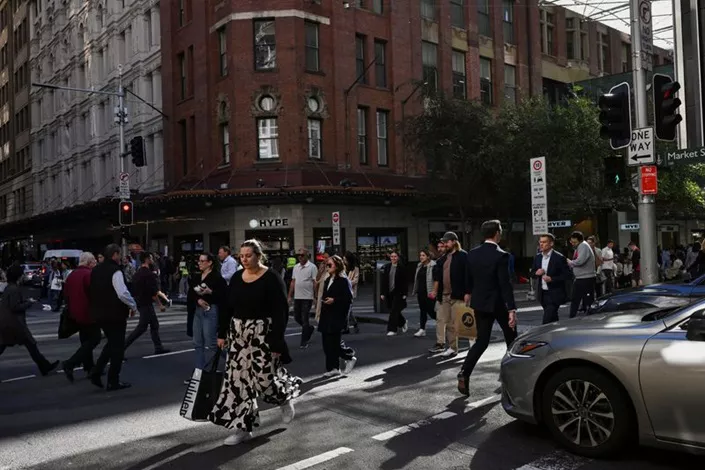Australia’s job market outperformed expectations in April, led by a significant rise in full-time roles for women, new data revealed on Thursday. Despite more people entering the workforce, the unemployment rate stayed steady.
The strong employment report boosted the Australian dollar by 0.3%, reaching $0.6446. Meanwhile, three-year government bond futures fell slightly, extending earlier declines.
Investors remain confident the Reserve Bank of Australia (RBA) will lower interest rates by 0.25 percentage points to 3.85% at its May 20 meeting. This expectation comes amid easing inflation pressures at home and ongoing global uncertainty linked to U.S. trade policies.
The Australian Bureau of Statistics reported a net increase of 89,000 jobs in April, up from a revised 36,400 in March. This gain exceeded forecasts of a 20,000 rise and marked the largest monthly jump in more than a year.
The unemployment rate held firm at 4.1%, in line with predictions, while the labor force participation rate climbed back near record levels, reaching 67.1%.
Although employment numbers grew strongly, total hours worked did not increase, following two months of declines.
In April, the RBA kept interest rates steady at 4.1% but indicated the May meeting would be a chance to review monetary policy, hinting at a possible rate cut.
While global trade tensions and sluggish consumer spending have clouded Australia’s economic outlook, the labor market remains robust. Unemployment is low, job ads are stable and above pre-pandemic levels, and wage growth in the private sector remains moderate.
The central bank does not expect a significant loosening in the labor market and forecasts unemployment to peak at 4.2% in this cycle.
Related topics:


